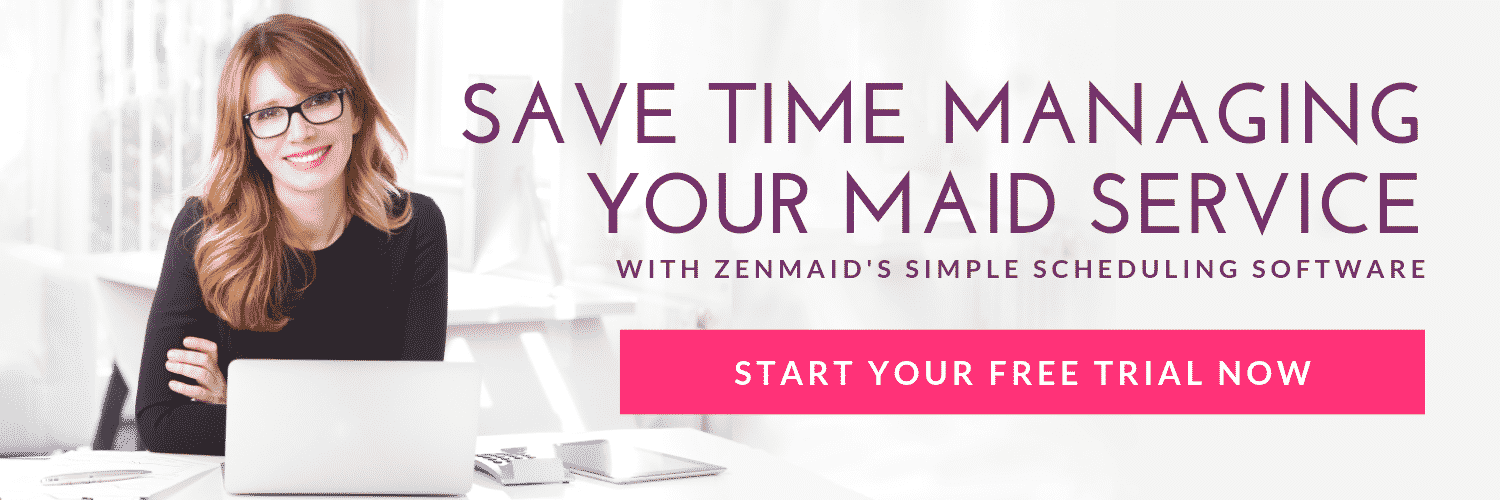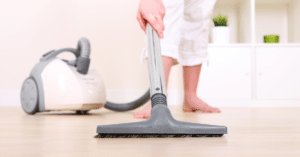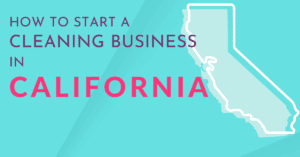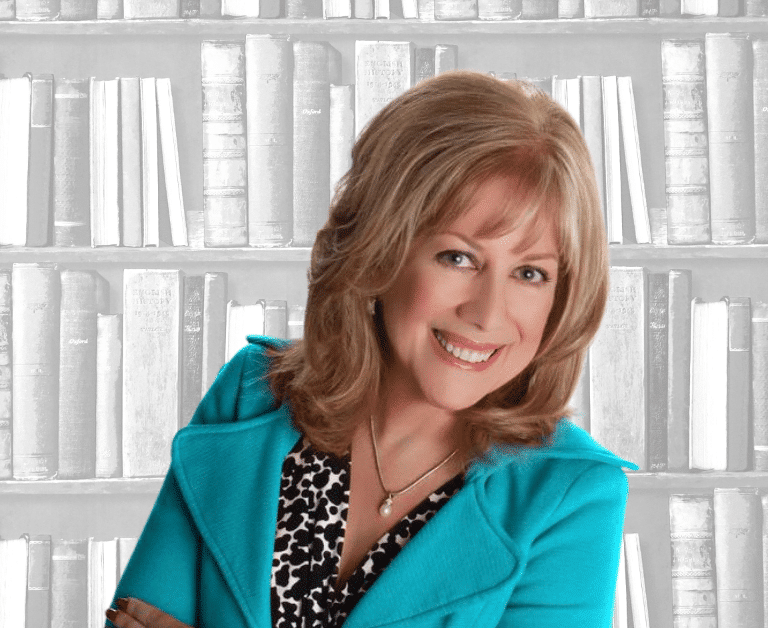Last Updated on February 2, 2023 by The ZenMaid Team
We don’t have to tell you that running your own business can be stressful. And while some stress is unavoidable when you’re an entrepreneur, feeling too overwhelming and overworked can have some severe effects on your business and personal life.
Chronic stress can lead to health problems and eventual burnout, leaving you struggling to find the energy to run your business.
Some people might have you believe that the only way to achieve success is through long hours, no rest, and unlimited sacrifice.
When you’re working hard and seeing results on your efforts, it’s easy to use this momentum to keep going and pushing yourself to put in more time and energy to grow your maid service. But if you’re not managing your energy wisely, burnout can slowly start to settle in.
Once it settles in, you might feel an overwhelming sense of physical and mental exhaustion.
People who work in highly physical industries like cleaning are especially prone to physical burnout. This can start to feel like constant wear and tear on your body. Eventually, you’ll be too tired to do anything other than clean houses.
If you’re starting to feel burned out, it’s important to focus on reclaiming your time so that you have the energy to do things you want to do, like hobbies or spending time with your family.
Let’s go over some smart decisions you can make to avoid burnout as a business owner and preserve your energy for the things in your life that are most important.
Hire employees and learn to delegate
Many maid service owners start their business by doing the cleaning themselves. Solo cleaning is a great place to start, but it’s not an ideal strategy if you want to continue to scale your business and bring on new customers.
You have a finite number of hours per day that you can clean. And you’ll quickly run out of time to bring on new customers. In addition to running out of time, you’ll also quickly deplete your energy. You can’t continue cleaning eight hours per day long term without burning out.
Hiring the right people to work with you will free up your time to work on other aspects of the business that you can’t prioritize if you are spending most of your time cleaning.
If you’ve never hired anyone before, it’s ok to start small. You can adopt a solo-team model and work with a few highly qualified cleaners.
In addition to hiring cleaners, consider hiring an office manager or a virtual assistant who can help you with some of the other more tedious tasks like filing or following up with clients.
This video will give you a clear direction on how to hire and onboard the right team members for your maid service:
You need to find ways to delegate and scale so that you have time to focus on growing the business.
Use tools to automate things you currently do manually
Make a list of all of the things you do manually for your business that can be made easier with a tool or automation.
For example, using a pen and paper calendar to schedule cleaning appointments might work when you’re the only person in your business. But once you start managing other cleaners and growing your customer list, you need a digital way to keep track of your calendar.
You might be able to manually send out schedules to your team members, but what happens when a customer needs to reschedule, or there are multiple changes made to the schedule daily?
It’s unrealistic to expect yourself to send out updates to every team member every time you need to update the schedule.
Using a virtual scheduling tool or online calendar eliminates the need to track and update your schedule manually.
You can start by using a tool like Google Calendar or Outlook but if you want a tool that caters specifically to maid services and cleaning businesses like yours, check out ZenMaid. (We even just launched a forever free plan!)
Another manual task that you can automate with a tool is your payments and invoicing. If you’re still reaching out to customers yourself and asking for payments over the phone or via email, you have an opportunity to save yourself time by automating this process.
Luckily, it’s never been easier to collect payments online using billing software. ZenMaid lets you save credit card information so that your customers’ credit cards are automatically charged when they book. This means never having to follow up or chase down payments from your customers.
Set aside time to do things you love
Once burnout sets in, it’s easy to lose sight of why you started your business in the first place. All you can think about is resting until your next cleaning. In these moments, it’s important to remind yourself of why you wanted to be an entrepreneur and prioritize those reasons.
For example, suppose you started your business because you wanted a more flexible schedule but continuously find yourself missing important family events. In that case, it’s time to make some changes to make sure that your business is serving your needs.
Make it a priority to set aside time to do things that you love. If family time is a priority, then make it a rule that you don’t work in the evenings or weekends and do whatever it takes to make sure you have that time free.
This means using the strategies we mentioned above to relieve yourself of some of the business’s responsibilities and do fewer things manually.
Without taking breaks and removing some of the burdens off of yourself, burnout is almost inevitable.
You can’t do everything yourself
Delegating and automating will take some time to get used to. But eventually, you will get to the point of having enough systems in place that you don’t have to do as much of the manual work yourself. You’ll be able to start enjoying more free time without the physical grind and eventual burnout.
To learn more about how to automate different aspects of your maid service and implement systems to help you run your business more smoothly, check out the rest of the 2020 Maid Summit presentations.
About the presenter
Irene Zibin is the owner of eSunshine Cleaning and CEO of the Cleaning Boss Bootcamp. In this article, we’ll share some of the steps Irene took to begin enjoying her life more and freeing up her time and energy while growing her cleaning business to six figures.
This talk first aired at the 2020 Maid Service Success Summit.
The Maid Summit is an annual online event that brings together the most successful leaders in the cleaning industry, like Debbie Sardone, Angela Brown, Courtney Wisely, Amy Caris, Chris Schwab and more. Get free access to masterclasses and workshops that will help you to grow, scale and automate your cleaning business so you can get more leads and create more profit. Make sure you’re on our email list to find out how to get free tickets to the next event.
Here are more articles you might find helpful from ZenMaid Magazine:
- How Cheryl Hajjar Added $75k to Annual Revenue With One Maid Service Tool
- Q&A with Stephanie Pipkin: Lead Generations Tips for Maid Service Owners
- 10 Things I Do in a Day as a Maid Service Owner
- The Ultimate Guide To SEO for Cleaning Companies [2024 Guide]
- Start Delegating Like a Pro: VA Delegation for Maid Services














